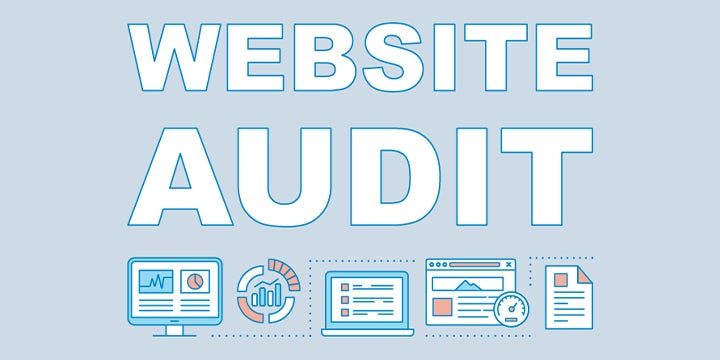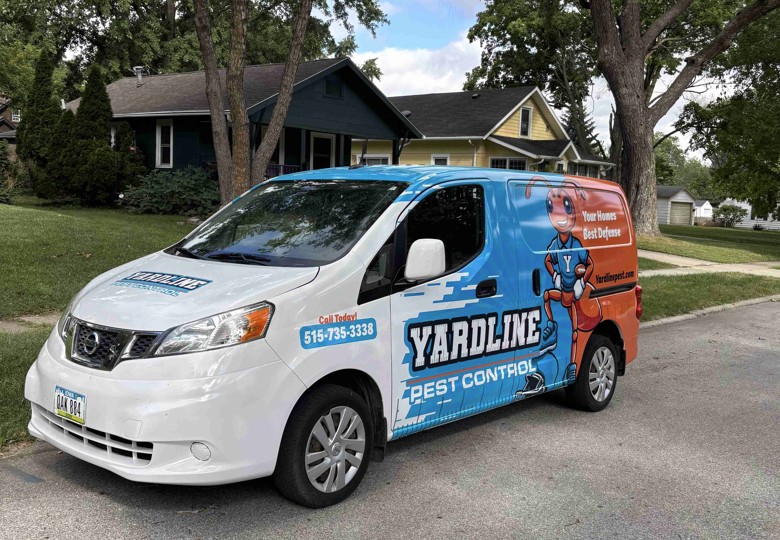How to Achieve Website Health with an SEO Audit

You’ve had your website for a while. In fact, you’re on cruise control. Things have been going well, but you’re savvy enough to know that what’s “good and well” one day is “yesterday’s news” the next. The time to move from passive to active is now, and the best way to do that is with a check-up. Just like a trip to the doctor’s office, checking up on your website’s health requires you to observe, ask questions, analyze, and respond with treatment as necessary. Auditing your website’s SEO will ensure that your website is healthy and vibrant, the perfect landing place for would-be and seasoned customers alike.
What is an SEO Audit?
Think of an SEO audit as part of your website maintenance. In other words, it’s something that needs to be done regularly to maintain the functionality of the page. And just because things look nice on your site doesn’t necessarily mean that things are healthy. You have to dig a bit deeper. An SEO audit is an evaluation of your website that looks at its ability to appear in the search engine results pages (SERPs). Pretty colors and pictures aren’t going to mean anything if your audience can’t find you.
The Exam
When you go in for your yearly check-up, you probably already know how it will go. You’ll get weighed, your blood pressure and temperature will be taken, the doctor will listen to your heart and breathing, proceed with a head to toe examination, and they will ask you a series of questions to get a better idea of how you are doing both physically and psychologically. You will do the same with your SEO audit. Working through the technical needs, organization, content, and performance of your site, you will need to look at each one's functionality and how they work together to form the site’s overall health. Once that is completed, the auditor can recommend treatments as necessary.
Step 1: Technical SEO Analysis
Your SEO audit should begin with an examination of the technical aspects of SEO. This equates to the doctor listening to your heart to see how things are pumping. Without proper circulation, the other organs won’t work properly. Similarly, if your pest control website's basic parts aren’t accessible or indexable by search engines, it isn’t working correctly. That means users won’t be able to interact with it at all. Being searchable and accessible are fundamental keys to your site living up to its full potential and involves the following components:
Circulation: Possible issues that will prohibit the proper circulation of your content. If users can’t find and navigate your website, they won’t be able to engage with the content.
Site Architecture: Ensures that users can easily navigate your site. The fewer the clicks are necessary, the better. This means that users should be able to get to their desired destination on your site without lots of twists and turns. Also, links need to be functioning properly and leading to the expected content.
Page Speed: The ability to easily browse your content and reliably access your content quickly across all devices (phone, tablet, or computer).
Now that you know that your audience can engage with your information, you need to look at how well it’s organized according to search engine algorithms. You want Google to recognize and index all available pages on your website. This will take consistent work on your part because Google continually updates its algorithms. As a result, your team will have to stay informed about ongoing SEO updates and revise your site as needed.
Step 2: SEO Content Analysis
In order to diagnose and treat illness, a doctor has to look below the surface. An in-depth analysis of your SEO content requires you to do the same by focusing on global and local content issues.
Global Issues:
Conflicting topics: All of your content on your site should be relevant and stick to your main topic of expertise.
Duplicate Content: Avoid redundancy in your content. The goal here is quality over quantity.
Overuse of Keywords: Search engines are more concerned about readability than the ineffective use of keywords.
Local Issues:
Quality Content: Well structured, expertly composed, content is of the utmost importance. Whether writing, images, or videos, it all needs to be relevant and thoughtfully crafted.
URLs: All URLs should be clear and concise.
Strong Articles: Each post should be well-written and substantial, exceeding 500 words. A strong heading, logical organization, and correct grammar all contribute to the health of the article.
Meta Descriptions: Images and graphics all need to contain short yet accurate meta descriptions that describe and summarize your web page's contents.
Relevant Links: Linking to reputable sites that allow your readers to do their own research and validate your presented information serves to build trust with your audience and shows you as a trusted, reliable expert in your field.
Step 3: Audience Appeal
For your content to be appealing, it first has to rank well on the Search Engine Results Pages. SERPs are Google’s response to a user’s search query. These include both paid and organic results. An SEO audit will determine how trustworthy and popular your page is by evaluating how often users come to your site and how long they browse through your resources.
Step 4: Understanding Your Competition
If you have ever taken children to the pediatrician, you are familiar with the growth chart. You’re able to see what percentile your child falls in compared to other children their age in terms of weight and height. You need to make a comparison and look at your website’s competition too. This can be done by researching and analyzing keywords.
Investigate what keywords your competitors are using and how often they’re using them. You should aim to target keywords that are used and regularly searched relevant to your business and audience. There is an art to keyword strategy. A balance must be struck between the difficulty of keywords and traffic frequency. The end goal here is more views and higher rankings.
Your website is a reflection of your business. It only makes sense that you want to display health and vibrance. Health is something that requires maintenance, and it’s up to you to follow a regular maintenance schedule to ensure that your website, and in turn, your business is well taken care of.





